 |
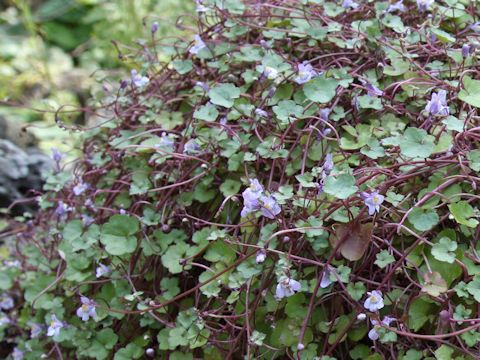

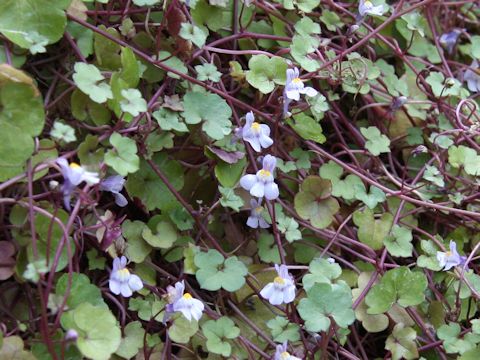

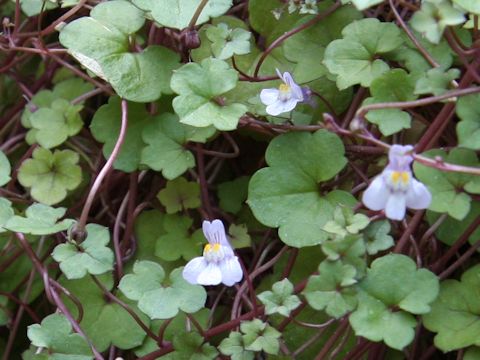

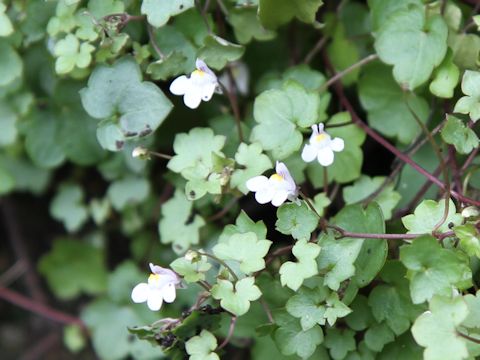

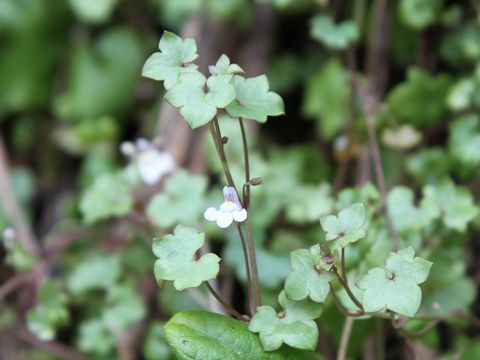

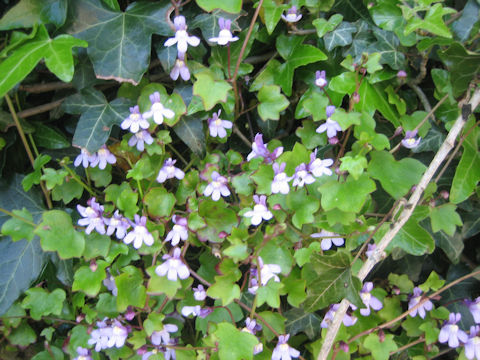

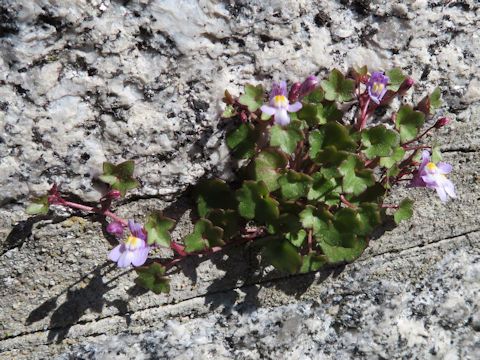

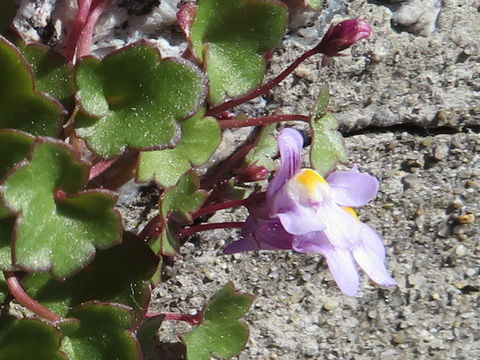

|

|
[bpÌnCnûª´YÅ·ªA¢EenÉàA»µÄ¢Ü·BíªÅàAkC¹©ç{BÉA»µÄ¢Ü·BâãâÇÌÔA¬¹Ì¤ÈÇɶ¦A·®ÉLªÁijÍTZ`ÈãÉÈèÜ·BtÍ~`©çS`ÅA·³ÆÆàÉQDT`TZ`ÅAóR`VôµÜ·BT©çX²ëA¬³Èu«ñ¬å»¤vɽ¢ÂFÌÔð穹ܷB¢EIÈNüA¨Å·BʼÅu½ªç³iÓjvÆàÄÎêÜ·B
|

|
S}mnOTÈc^oE®ÌíνNÅAw¼Í Cymbalaria muralisBp¼Í Ivy-leaved toadflaxB
|

|
The Ivy-leaved toadflax (Cymbalaria muralis) belongs to Scrophulariaceae (the Figwort family). It is an evergreen herb that is native to the Mediterranean Europe and widely naturalised elsewhere. It is also naturalised in Hanshu and Hokkaido in Japan. This herb commonly grows in rock and wall crevices, and along footpaths, and it grows up to 5 cm in height. The leaves are rounded to heart-shaped, 2.5-5 cm long and wide, 3–7-lobed. The flowers are small, pale bluish purple, similar in shape to snapdragon flowers, and bloom from May to September. It is a worldwide invasive plant.
|

|
[ãEP`Q] åãsß©æuçâ±ÌÔÙvÉÄA2013N0525úBeB
[RES] ê§MCsMCuÑYvÉÄA2013N0802úBeB
[T] CMXEJV[BuXg[j[n[XgåwvÉÄA2015N0523úBeB(photo by Yumi Gunji)
[UEº] {gKEmenûETgeB\sÉÄA2019N0319úBeB(photo by Jon Suehiro)
|







